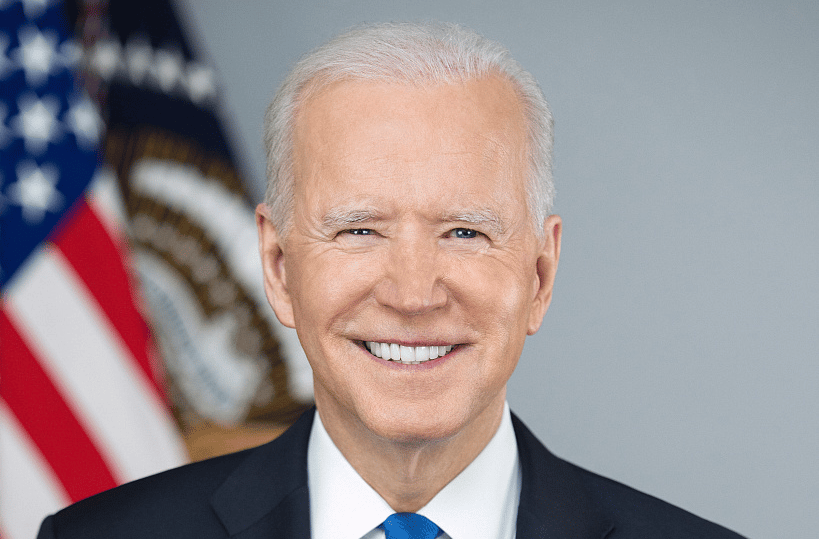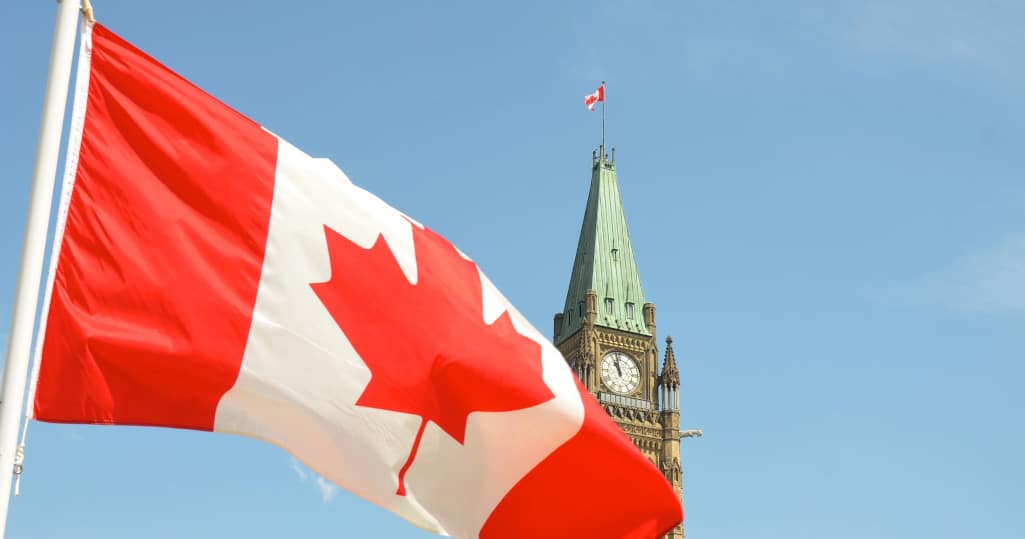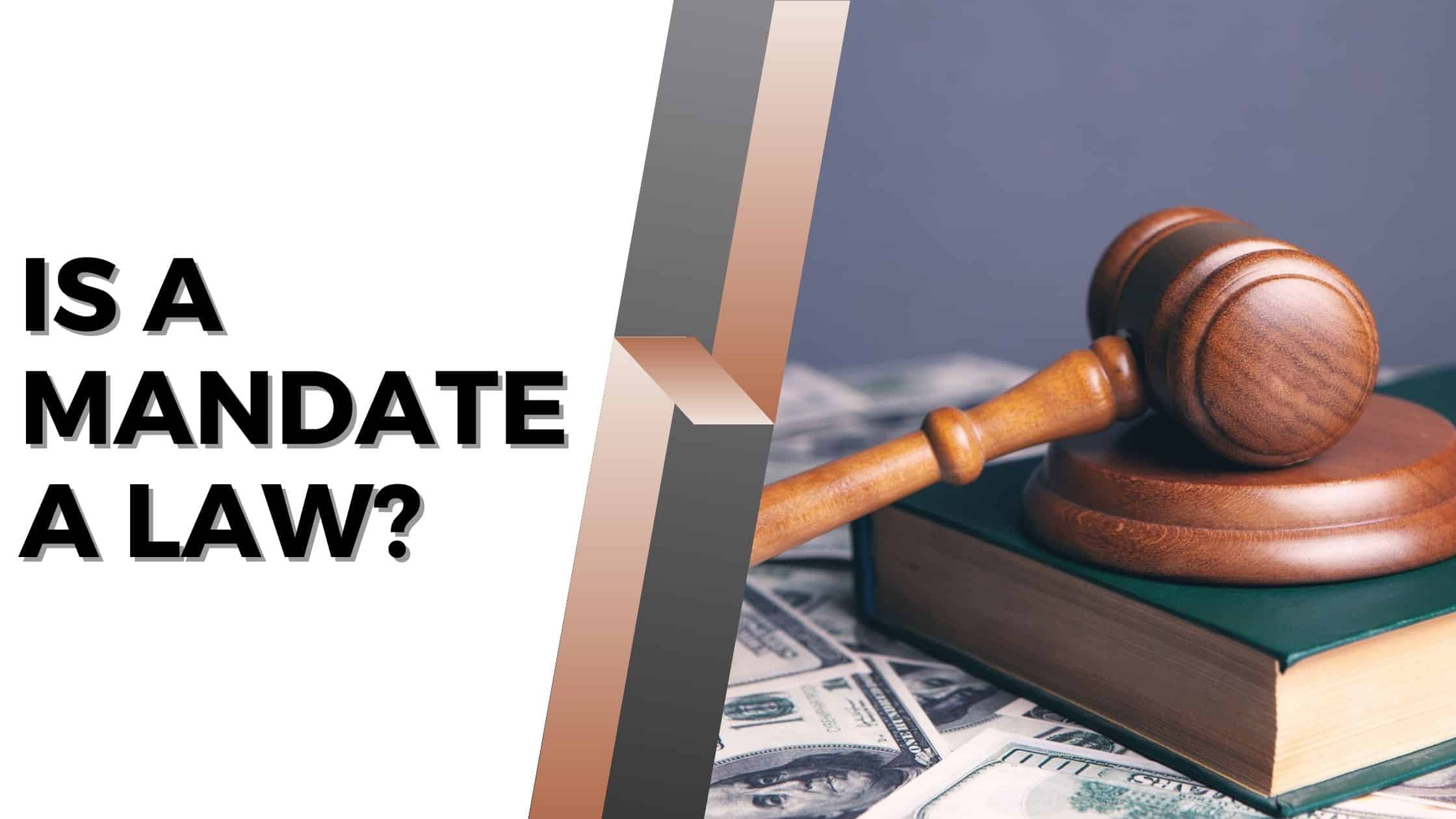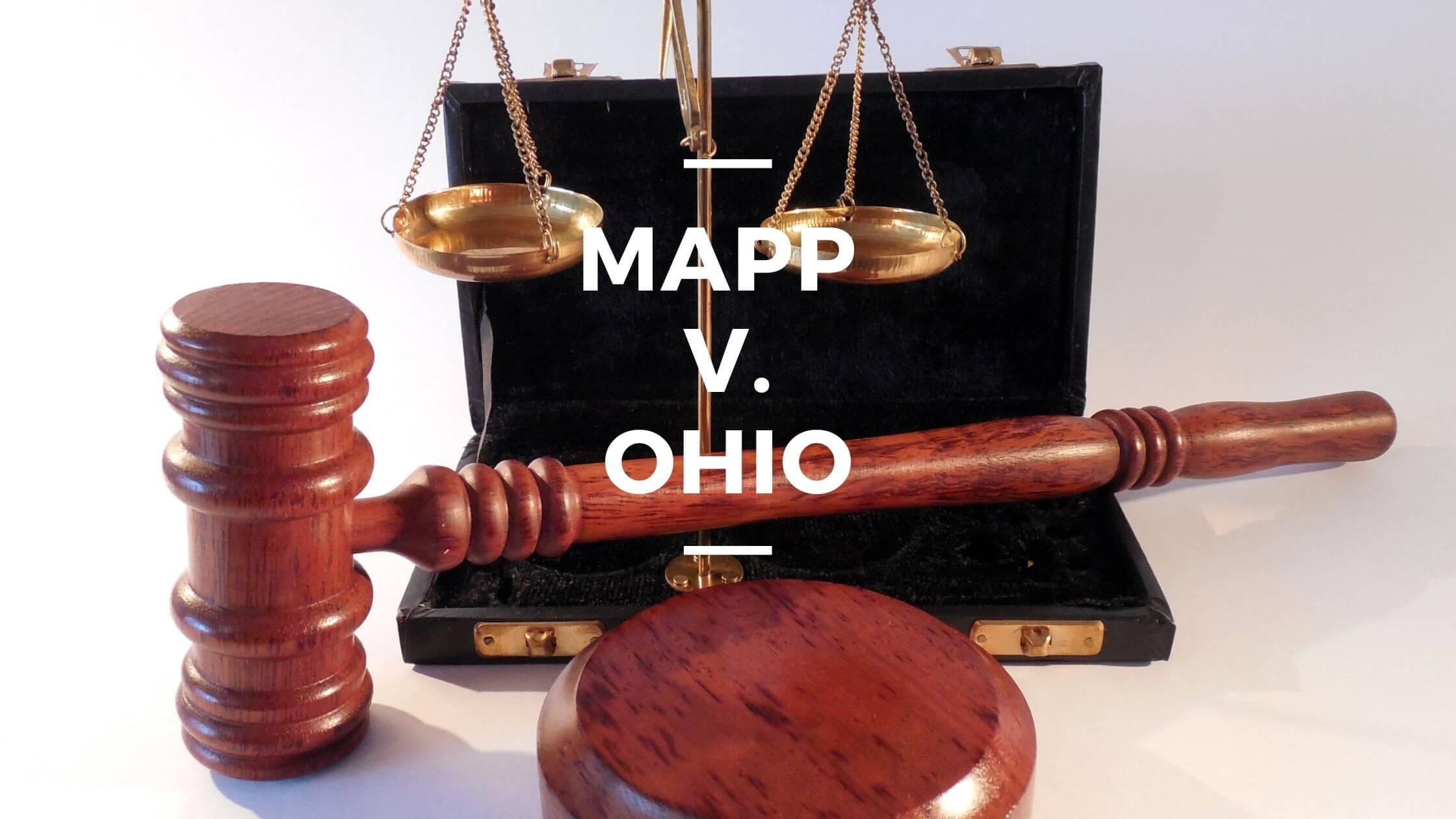Table of Contents
ToggleWho Approves Treaties In the United States?
The United States Senate has the power to approve treaties. The Senate’s authority to approve a treaty is based on the Treaty Clause in the United States Constitution.
What Is a Treaty?
A treaty is a formal agreement between two or more nations. It is an agreement between all parties that will become international law. The details in a treaty will become part of federal law within the United States, officially making the treaty what the Constitution refers to as the “supreme law of the land.”
What Types of Treaties Are There?
Treaties are often prepared to resolve disputes or to establish agreements on actions. The uses for a treaty include many things:
- Treaties can help end armed conflicts. The Treaty of Ghent in 1814 ended the War of 1812, for example.

- Treaties can also resolve land boundary and ownership disputes. For instance, the Treaty of Guadalupe Hidalgo of 1848 set an agreement where the Rio Grande would be the boundary between Texas and Mexico.
- Some treaties also facilitate economic development and support. One example is the United States-Mexico-Canada Agreement of 2020, a treaty that manages trade and intellectual property laws and commercial access between the three countries.
- Various treaties were also made between the United States and Native American tribes during the eighteenth and nineteenth centuries. More than 300 treaties were made with different tribes, with the terms of each treaty varying.

What Does the Constitution Say?
The Treaty Clause appears in Article II, Section 2, Clause 2 of the United States Constitution. The clause says the President can make a treaty with another party if two-thirds of present Senators agree.
Does the Senate Ratify the Treaty?
While the Senate can approve a treaty, the Senate will not ratify that treaty. The Senate’s vote is a resolution of ratification, meaning the President will have the right to ratify the treaty if the Senate approves of it with a two-thirds vote of approval.

The President and the leaders of whatever foreign countries are involved in the treaty must ratify the treaty to allow it to become official. After all executive leaders agree and ratify the treaty, it becomes law.
Can the Senate Refuse to Review a Treaty?
The Senate has the right not to vote on a treaty. Senate leadership can choose not to vote on the treaty if it isn’t supported well enough.

A treaty can stay in consideration for a while through the Senate Foreign Relations Committee. A pending treaty does not have to be submitted to Congress again as a new Congressional term starts.
What Treaties Have Been Rejected?
From 1825 to 2012, there were 22 treaties rejected by the Senate. Some of these treaties were rejected due to the Senate not getting at least two-thirds of the vote to approve the treaty.
For instance, a 1934 treaty with Canada surrounding the St. Lawrence Seaway was rejected because 46 Senators voted to approve it while 42 Senators voted against it.

A treaty can go through the Senate a second time to try and confirm it, but it will not always be successful. For example, the Treaty of Versailles that prompted Germany and other Central Powers to accept fault for the First World War was initially rejected by the Senate 53-38 in 1919.
But it was modified and brought up to the Senate in 1920, with the Senate voting 49-35 to allow the treaty, meaning the treaty was rejected once more.
Can the President Issue a Treaty Without the Senate’s Help?
The President can enter the United States into an international agreement with other countries without asking the Senate to approve anything. But the agreement is considered an executive agreement and is not officially a treaty.
But the terms in an executive agreement can still be binding between the two parties under international law. The executive agreement may not be interpreted as federal law, but it can work if it does not interfere with federal law.
United States v. Pink (1942) states that an executive agreement can hold the same legal status as a treaty. Reid v. Covert (1957) also says any executive agreements the President enters cannot contradict earlier federal laws.
Can Congress Still Stop the President?
The Case-Zablocki Act of 1972 says the President must provide information on any executive agreements within sixty days of when they are scheduled to start. Congress can vote to cancel that agreement or decline to fund the effort.
How Often Are Treaties Prepared?
Treaties can be prepared and sent to a vote in the Senate at any time. Fourteen treaties were established between the United States and other countries from 2000 to 2022.

Get Smarter on US News, History, and the Constitution
Join the thousands of fellow patriots who rely on our 5-minute newsletter to stay informed on the key events and trends that shaped our nation's past and continue to shape its present.

For example, the Bonn Agreement of 2001 was a treaty between the United States and other countries that would dictate the rules of creating a new national government in Afghanistan.
Are Treaty Hearings Public?
The Senate’s hearings on treaties have been open to the public since 1929. The measure has been to keep the media from trying to leak information on a treaty before Senators can receive official copies of said treaty. Sessions can be closed when classified, or extremely sensitive information is involved.
Can a Treaty Be Broken?
While the Senate can approve a treaty, the Senate has no further control over the treaty’s terms after it comes to a vote. Therefore, the treaty could still be broken at any point.
The most prominent examples of a broken treaty entail various treaties between the United States and Native American tribes. Many of these treaties have been broken for various reasons, including cases where certain tribes didn’t get reservations or didn’t receive funding.

Another example comes from the United States breaking out of the Paris Climate Accord in 2017, a few years after it was signed. The United States would eventually return to the Paris Accord a few years later. Still, its temporary departure signifies how the Senate has minimal power over what happens to a treaty after approving it.











